|
Advertisement
|
Hamertjesspel
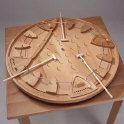
DescriptionHamertjesspel (Dutch for "The Little Mallet Game") is a traditional pub-game that was popular in the Low Lands of Belgium and the Netherlands and can be traced back as far as 1750. It could be regarded as an early form of Pinball, but despite its erstwhile popularity, it was all but forgotten in the latter half of the 20th century. Recently replica boards are making a bit of a comeback, and "het Hamertjesspel" can be seen again at village fêtes and other occasions that encourage nostalgic throw-back entertainment. Four players sit on each side of a square wooden board with raised edges, defending their goal. A marble or small lead ball is dropped in the centre, either by hand or, on the more evolved board versions, through a "fair" central dropping device. Players try to get the marble into an opponent's goal, and keep their own one safe, by using a small wooden mallet ("Hamer" is Dutch for "Hammer"). To make life difficult for the players, the goal is split up in two by a centre isle, and spanned by a rail, so that it is impossible to block both halves simultaneously, or swap the hammer between goal sides easily. The board itself has a few obstacles (usually exposed nails) that deflect the marble. Game play is best typified as frantic fun. The boards tend to have a slight slope towards the centre point. The square versions commonly use 4 wood sections in a pyramid style. The "Karrewiel" (Cart Wheel), which is the round board version usually had more panes to create a nicer circular slope. Occasionally it would also be able to accommodate more than the standard 4 players, or have each player's goal area split in three gaps, rather than two. Most boards would have only one marble in play, but, reportedly, there are variants that had multiple balls simultaneously in the battle arena. If less people were playing, parts of the board could be blocked off using temporary wooden walls. Traditionally, the first player to lose a certain amount of goals would have to buy the next round. Like all pub games, it was also played for money, and onlookers placed bets on the game's outcome. In 1995 Battle Dome appeared, which is a modern flipper version of this traditional game, with a few added bells and whistles. In 2000 Felsburger produced the traditional Karrewiel version under the name Chüngel. Needless to say, most versions of the game keep coming from the Low Lands wood crafts cottage industry, that is slowly "rediscovering" this lost gem. And since the dimensions have never been standardised, quality and appearance are as diverse as the woodworkers making them. Game DiscussionsAdd CommentYou need to be logged in to comment. Insert Bullet List Please enter at least one item. Item: Item: Item: Item: Item: Insert Numeric List Please enter at least one item. Item: Item: Item: Item: Item: Insert Link Please enter the link of the website Optionally you can add display text Insert Email Please enter the email address Optionally add any display text Insert Image Please enter the link of the image Insert YouTube Video Please enter the link of the video MarketplaceNo listings at the moment. Do you own this game? Click here to list it for sale.
|
Best Sellers
Board Games
|
||||
Latest Searches: Green arrow | darkest+night+expasion | Cara dunu | Muncie Indiana monopoly | Muncie+kooky | sling fast punk | beyblade+gt | The little mermaid under the sea treasures | Paper airplane | Valkyier+turbo+burst | Who’s+the+cunt | Nerf Zombie Strike SlingFire Blaster | Mineral wells o poly | gold rush | Transformers rescue bot hovercraft | Hungry higgs | black series star wars | galactic imperium | beat the border | grey´s anatomy | five little nigger boys fünf kleine niggerjungen | emergency medical services board games | Kingsportoppoly | SOS+Titanic | food+chain+magnate | Domino set | kingdomino | Lake of the ozark monopoly | Mensch ärgere | TRANSFORMERS STUDIO SERIES 34
All Rights Reserved

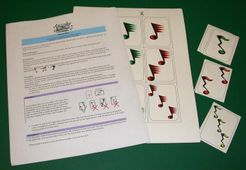
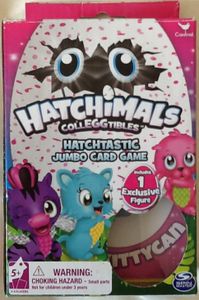
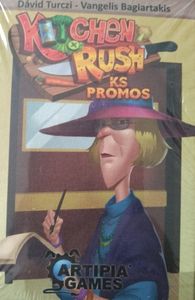
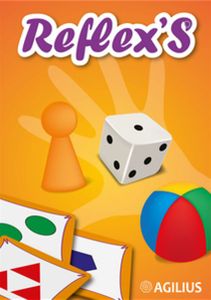
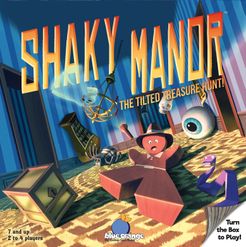
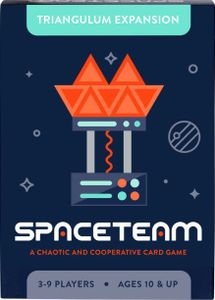
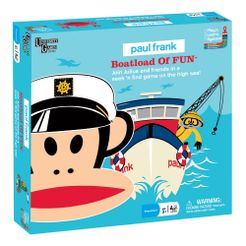
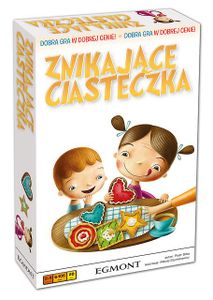


Comments (0)